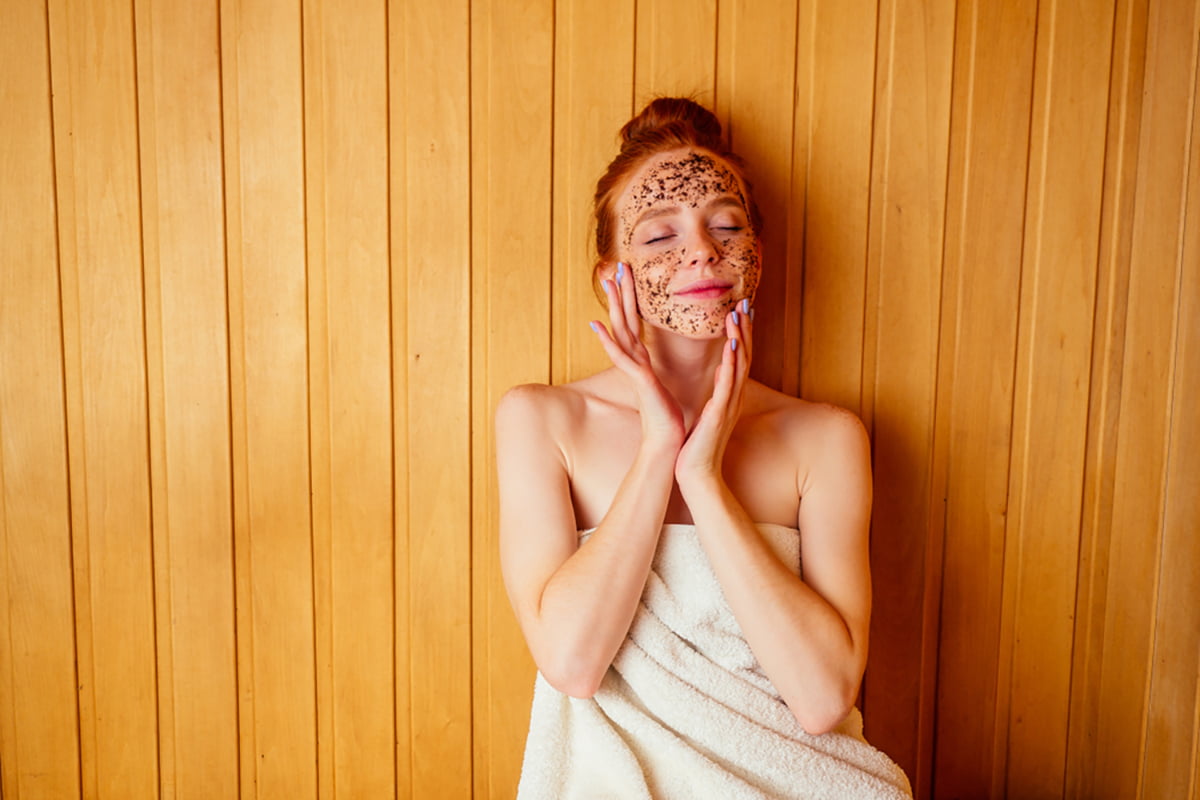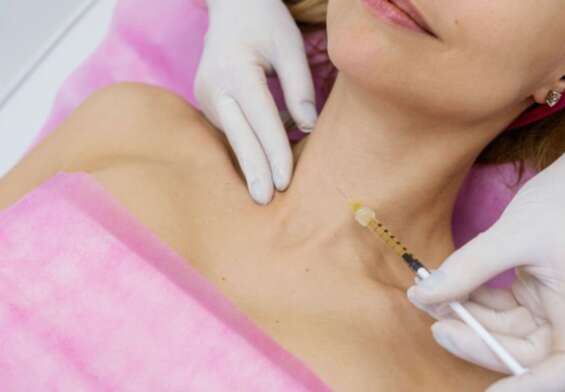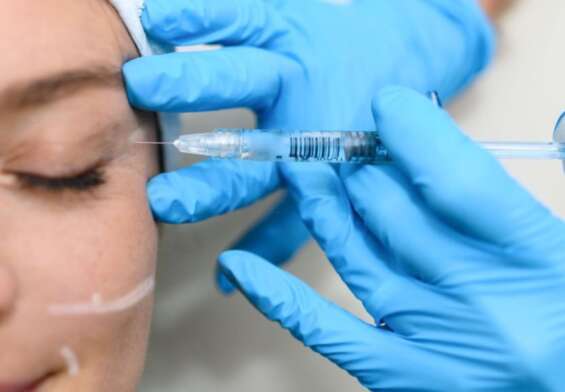
Botox Policy & Procedure: What to Expect During Appointment
Botox is a popular cosmetic procedure that has been used for many years to reduce the appearance of wrinkles and fine lines. Botox involves the injection of a botulinum toxin into the skin, which is used to block nerve signals and temporarily paralyze the muscle underneath. While Botox is considered safe, it is important to understand the risks and potential side effects associated with the procedure and follow the appropriate safety protocols. This article will provide an overview of the Botox policy and procedure, including the types of treatments available, the safety precautions, and the recovery process.
Exploring the Latest Regulations for Botox Injections: What You Need to Know
As an elective medical procedure, Botox injections are becoming increasingly popular among patients looking to reduce the appearance of wrinkles, fine lines, and other signs of aging. While this treatment is generally safe and effective, it is important to understand the latest regulations surrounding these injections in order to make sure you receive the best possible care.
The most important requirement for any Botox injection is that it must be administered by a licensed medical professional. This is because the injections involve the use of a neurotoxin, which can cause serious harm if not administered properly. As such, only a trained and certified practitioner can ensure that these injections are performed in a safe and controlled environment.
In addition to the requirement of a licensed practitioner, Botox injections must also be performed in a sterile environment. This means that the area of skin being injected must be wiped down with an antiseptic and that all equipment used during the procedure should be thoroughly sterilized.
Furthermore, the laws regarding the use of Botox injections vary from state to state. For example, in some states, it is necessary to obtain a prescription from a doctor in order to receive these injections. In other states, it is only necessary to obtain the consent of a qualified medical professional prior to treatment. It is important to check the regulations in your area before undergoing any Botox injections.
Finally, it is important to understand the potential side effects associated with Botox injections. These can include bruising, swelling, redness, and soreness at the injection site, as well as temporary muscle weakness or paralysis. It is also important to note that these injections can sometimes cause allergic reactions in some individuals, so it is important to discuss any potential allergies with your doctor prior to treatment.
In conclusion, Botox injections can be an effective way to reduce the appearance of wrinkles and fine lines, however, it is important to understand the latest regulations and potential side effects associated with these injections in order to ensure that you receive the best possible care. By following these guidelines, you can ensure that your Botox injections are performed safely and effectively.
Patient Safety in Botox Procedures: What You Should Expect
Patient safety is a top priority when it comes to Botox procedures. As with any medical treatment, there are potential risks and side effects. It is important for patients to be aware of the potential risks and to understand how to minimize them.
When considering Botox, patients should look for a qualified and experienced provider. A qualified provider will be familiar with the procedure, the potential risks, and the best ways to minimize them. They should be able to explain the procedure in detail and answer any questions the patient may have.
Before the procedure, the patient should be aware of potential risks and side effects. These may include redness, swelling, bruising, infection, and pain. The patient should also be aware of the potential risks of the procedure itself, such as the spreading the toxin to unintended areas and a slowed or weakened response to the toxin.
During the procedure, the patient should expect the provider to be respectful of their comfort and safety. The provider should use sterile techniques and clean the area before administering Botox. They should also use a local anesthetic to minimize discomfort.
After the procedure, the patient should be aware of potential risks and side effects, including local inflammation and redness. They should also be aware of the possibility of an allergic reaction to the toxin and should report any adverse reactions to the provider immediately.
Patient safety is paramount when it comes to Botox procedures. It is important for patients to be informed about the procedure and the potential risks and to select a qualified and experienced provider. With the right preparation and care, patients should be able to safely and comfortably undergo a Botox procedure.
Understanding the Impact of Botox on Your Appearance: What Do the Experts Say?
Botox is a popular cosmetic procedure that is used to reduce wrinkles and improve the appearance of the skin. While this treatment has become commonplace in recent years, it is important to understand the potential risks and benefits associated with it before undergoing the procedure.
The experts agree that Botox is generally a safe and effective treatment for wrinkles, but it should be used in moderation. According to the American Academy of Dermatology (AAD), Botox can help smooth out wrinkles and create a more youthful appearance. However, they caution that it should not be used too frequently, as it can lead to an unnatural look. Additionally, the AAD notes that Botox should not be used in areas with active skin conditions, such as acne or eczema, as it could worsen the condition.
The experts also point out that the results of Botox are not permanent, and the procedure needs to be repeated every three to four months to maintain the desired effect. Additionally, Botox may cause side effects such as bruising, swelling, and redness at the injection site.
In summary, experts agree that Botox can be a safe and effective way to reduce wrinkles and improve the appearance of the skin. However, it should be used in moderation and with caution, as it can cause side effects and may not provide a permanent solution. Additionally, it should not be used in areas with active skin conditions. Ultimately, it is important to discuss any concerns with a qualified medical professional before undergoing any cosmetic procedure.
The Role of Botox in Reducing the Signs of Aging: What You Should Know
As we age, our bodies naturally start to show the signs of time passing, such as wrinkles, age spots, and fine lines. While it may not be possible to completely prevent aging, there are a number of modern techniques and treatments available that can help to reduce the appearance of these signs. One such treatment is Botox.
Botox is a type of injectable medication that is made from a neurotoxin known as Botulinum toxin. It is used to temporarily paralyze facial muscles, reducing the appearance of wrinkles, frown lines, and forehead creases. It is also used to treat chronic migraine headaches, excessive sweating, and crossed eyes.
When it comes to reducing the signs of aging, Botox works by blocking the nerve signals that cause facial muscles to contract. This prevents the muscles from creating wrinkles and lines. It also helps to relax the muscles that are already contracted, smoothing out the skin.
Botox injections are relatively quick and easy to perform, and the effects can be seen within a few days. While the effects are temporary and usually last for between three and six months, the treatment can be repeated as often as necessary in order to maintain the desired results.
It is important to note that Botox is not suitable for everyone. It should not be used by pregnant or breastfeeding women, nor by people with certain medical conditions. It is also important to ensure that the injections are performed by a qualified and experienced medical professional.
In conclusion, Botox can be a highly effective way of reducing the signs of aging. While it is not a permanent solution, it can help to temporarily reduce the appearance of wrinkles and other signs of aging, allowing you to look and feel your best. However, it is important to remember that it is not suitable for everyone and should only be used under the guidance of a qualified medical professional.
Debunking the Myths and Misconceptions Surrounding Botox Treatments: What You Need to Know
Botox is a popular cosmetic treatment used to reduce the appearance of wrinkles and fine lines, but there are some myths and misconceptions that may be preventing you from considering it. The truth is, with the proper care and understanding of what you can expect from the treatment, Botox can provide a safe, effective way to restore a youthful, refreshed appearance.
Myth 1: Botox is Painful
Botox injections are minimally invasive and, at most, you may feel a slight pinch or sting. The discomfort associated with the injection is very short-lived and can be minimized with a topical numbing cream or ice.
Myth 2: Botox is Unsafe
Botox is a safe and approved treatment when performed by a certified and experienced practitioner. It is important to choose a provider who is knowledgeable and experienced in administering Botox injections, as they will know the proper technique to ensure your safety and best results.
Myth 3: Botox Results are Immediate
While you may notice some results immediately, it typically takes several days to two weeks for the full effects of Botox to take place. Additionally, results will typically last for 3-4 months, depending on your individual needs and body chemistry.
Myth 4: Botox Can Make You Look Frozen
It’s true that too much Botox can cause an unnatural or overly stiff appearance, but the key is to choose a provider who is experienced in administering Botox injections and who understands the desired look you are trying to achieve. A skilled practitioner will know how to use the correct dosage to get the desired results without making you look frozen.
Myth 5: Botox is Only for Women
Botox is not just for women. In fact, it is becoming increasingly popular among men who want to reduce the appearance of wrinkles and fine lines, as well as prevent future wrinkles from forming.
By understanding the facts about Botox, you can make an informed decision about whether or not it is the right choice for you. If you have any questions or concerns, be sure to contact an experienced, certified practitioner who can properly assess your individual needs and provide you with the information you need.
Q&A
What is Botox?
Botox is a type of cosmetic injectable treatment that temporarily reduces or eliminates the appearance of wrinkles, fine lines, and other facial imperfections. It is a brand name for a drug called onabotulinumtoxinA.
Is Botox safe?
Botox injections have a very low risk of side effects and complications when administered by a licensed and experienced practitioner. Common side effects can include mild swelling, bruising, and redness at the injection site.
How long does Botox last?
Results from Botox typically last three to four months. However, the duration of results varies depending on the individual and the area treated.
What is the Botox policy and procedure?
The Botox policy and procedure typically includes a consultation with a licensed practitioner to discuss the patient’s goals and expectations, an evaluation of the area to be treated, a review of the risks and benefits of the treatment, and an explanation of the process and aftercare instructions.
Are there any special instructions to follow after getting Botox?
Yes, after getting Botox injections, it is important to follow your practitioner’s instructions for the best results. This may include avoiding strenuous exercise, direct sunlight, and other activities that may cause the Botox to move to other areas of the face. Additionally, patients should avoid rubbing or massaging the injection sites for at least 24 hours after their treatment.
Conclusion
The use of Botox in medical settings is a complex and ever-evolving topic. It is essential that healthcare professionals understand the risks and benefits associated with its use, as well as the current policy and procedure guidelines. Developing a comprehensive and evidence-based Botox policy and procedure is key to ensuring patient safety and protecting healthcare professionals from potential legal issues. With appropriate training, education, and oversight, healthcare professionals can be confident in providing safe, effective Botox treatments to their patients.











